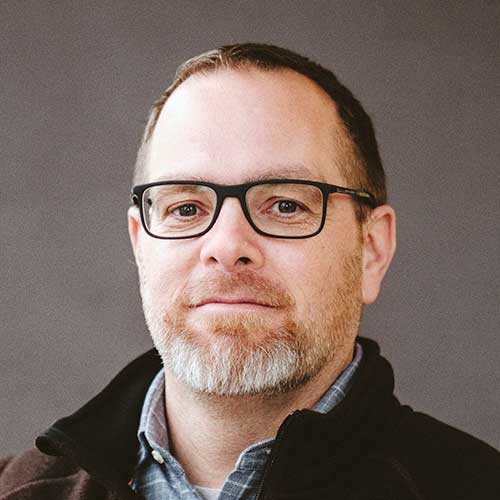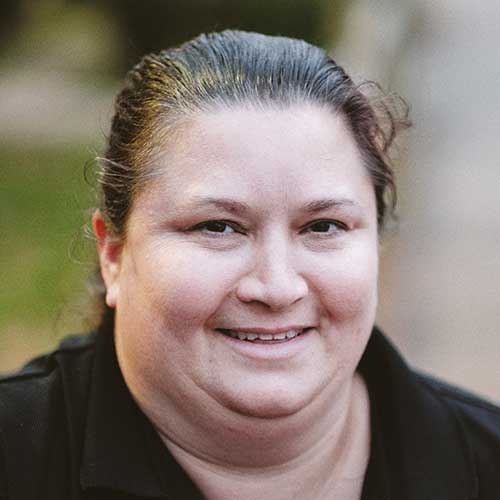2018
2018
A final master plan is completed
Description
- January: The resident advisory committee completes its update to the Friendship Court redevelopment master plan.
- February: Sunshine Mathon introduces himself and the new revised plan to a large group of residents at a meeting in the Friendship Court community center.
- June: PHA officially releases a revised draft of its master plan for redevelopment. It states that construction could begin as soon as 2019.
- The new plan adds just 300 more units to the neighborhood, for a total of 450 units.
- July: PHA receives the Section 8 renewal from the Department of Housing and Urban Development (HUD) that guarantees the vouchers for 150 units for the next 20 years.
- August: A PHA blog post discusses the desire of residents to have a choice of home type (apartment vs. townhome), and states that the updated plan will reflect that.
- August: The Friendship Court Advisory Committee selects Harkins Builders as the general contractor for pre-construction services.
- August: Councilor Wes Bellamy makes calls again to take down the fence.
- November: PHA presents to the City Council the request for $19.2 million for all three phases of residential construction. Residents read a letter they wrote to the City Council asking to have their redevelopment plan respected, and expressing their desire to create a mixed-income community.
Quote
We do not want to be an exclusively low-income development. We want a mixed-income community…We see the work we are doing as being a part of the solution, and hope our plan and approach offers one example for future affordable housing plans in the city. We want to lead our future, not follow an old outdated model of segregated low-income housing developments.
— Letter from the Friendship Court residents advisory committee to the City Council
People
How did the Friendship Court resident advisory committee form?
How does Section 8 work in terms of rent and income?
Why did you want to reduce the total number of future units to 450 from as many as 640?
Why did residents want to write the recent letter to the City Council?
The Reimagining of Friendship Court
INTRO
By
Jordy Yager
The redevelopment of Friendship Court is slated to be the largest new construction of low-income housing undertaken in Charlottesville in more than two decades. The plan alone is groundbreaking, having been directly created by current Section 8 residents in partnership with Piedmont Housing Alliance. City staff calls it the most nuanced and complex plan they’ve ever encountered. It ambitiously attempts to balance promises of zero resident displacement with the city’s broader affordable housing needs, while also calling for hundreds of new, likely higher-income, residents to move in, as residents hope to de-stigmatize the lasting effects of poverty born out of generations of racist government policy and neglect.
This year will be the make-or-break year for Friendship Court’s redevelopment efforts. Millions of dollars in city, federal, and private funding stand between the massive plan and the highly anticipated 2020 groundbreaking. And while the green lights have begun to align and most residents are excited, the plan has its critics — those who call for greater levels of resident autonomy, greater security measures to guard against social and cultural displacement, and greater reparations for past wrongs.
In crafting this project, we’ve tried to tackle all of this and more by separating the longer narratives into five major questions:
Part 1: What is the plan?
Part 2: How did we get here?
Part 3: Does mixed-income housing work?
Part 4: Who does Friendship Court belong to?
Part 5: What’s next?
But we also wanted to give you access to as much of our reporting as possible, so we’ve created a timeline that details the history of this area, dating back 150 years, through the use of more than 130 maps, documents, archived articles, and photographs. Similarly, we wanted you to actually hear each of the two dozen long-form interviews we conducted, and not merely the portions we’ve included in the individual stories. So we’ve included more than 300 audio clips throughout the story: in the articles, the timeline, and on each person’s profile page. Our hope is that with all this, more of the picture will begin to emerge, and that, as we stand ready to make powerful and significant changes in the city, we all can help craft the solutions.
The redevelopment of Friendship Court is slated to be the largest new construction of low-income housing undertaken in Charlottesville in more than two decades. The plan alone is groundbreaking, having been directly created by current Section 8 residents in partnership with Piedmont Housing Alliance. City staff calls it the most nuanced and complex plan they’ve ever encountered. It ambitiously attempts to balance promises of zero resident displacement with the city’s broader affordable housing needs, while also calling for hundreds of new, likely higher-income, residents to move in, as residents hope to de-stigmatize the lasting effects of poverty born out of generations of racist government policy and neglect.
This year will be the make-or-break year for Friendship Court’s redevelopment efforts. Millions of dollars in city, federal, and private funding stand between the massive plan and the highly anticipated 2020 groundbreaking. And while the green lights have begun to align and most residents are excited, the plan has its critics — those who call for greater levels of resident autonomy, greater security measures to guard against social and cultural displacement, and greater reparations for past wrongs.
In crafting this project, we’ve tried to tackle all of this and more by separating the longer narratives into five major questions:
Part 1: What is the plan?
Part 2: How did we get here?
Part 3: Does mixed-income housing work?
Part 4: Who does Friendship Court belong to?
Part 5: What’s next?
But we also wanted to give you access to as much of our reporting as possible, so we’ve created a timeline that details the history of this area, dating back 150 years, through the use of more than 130 maps, documents, archived articles, and photographs. Similarly, we wanted you to actually hear each of the two dozen long-form interviews we conducted, and not merely the portions we’ve included in the individual stories. So we’ve included more than 300 audio clips throughout the story: in the articles, the timeline, and on each person’s profile page. Our hope is that with all this, more of the picture will begin to emerge, and that, as we stand ready to make powerful and significant changes in the city, we all can help craft the solutions.







